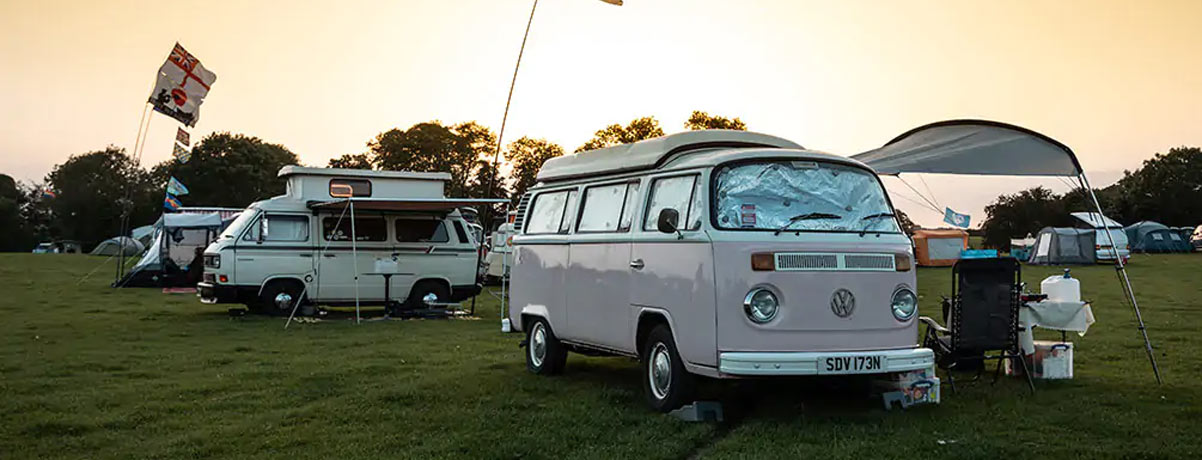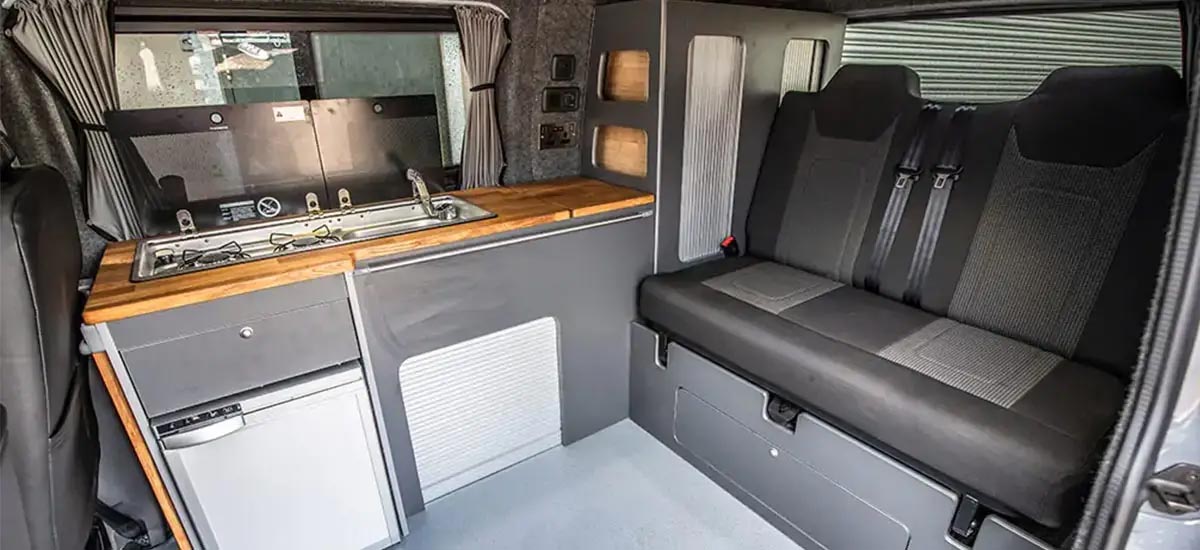This informative guide explains how insurers define and differentiate campervans from self-built campers. Discover the differences between these vehicles, why these classifications matter, and learn how to secure the right insurance policy for your vehicle.
It’s a classic dad joke – when’s a door not a door? When it’s ajar! But when is a campervan not a campervan? Well, when it comes to insuring your camper, there’s a pretty important distinction.
In vehicle insurance terms, there’s a difference between a campervan and a self-built camper. If your insurance policy has your vehicle listed as a camper, but it’s technically a self-build, you could find that your policy is invalid if you ever need to make a claim on it, so it’s essential that you’re clear with your insurer right away to ensure that you’re properly covered.
So, what is the difference between a campervan and a self-built camper?
Simply put, if your vehicle left the factory with a bed, cooker and cupboards, then it’s a campervan. It may have left with other components, too, but it needs all three of these to be classified as a camper. This counts for both classic campers and modern campers, with conversions like the Westfalia or California being covered under this policy.
On the other hand, if you’ve made any alterations to your vehicle, it’s considered a self-built camper. This includes modifications to either a factory-built campervan or a regular panel van that you’ve converted into a camper.
As with campervans, self-built campers need to have a bed, cooker and cupboards to count, but can also have any number of other modifications.
If you’ve added side windows, a rock’n’roll bed, a pop-up roof or a sink to your campervan, it now counts as a self-built camper, because of these changes, and you’ll need to inform your insurers to make sure they’re aware of this and that your vehicle is correctly covered.
I just bought the van, how do I tell the difference?
The easiest way to tell whether your new camper counts as self-built or not is to check the logbook. If it’s listed in there as a camper, then check whether it’s got any features or modifications which aren’t listed there. If your camper isn’t originally listed as a campervan in the log book, it will count as a self-built camper.
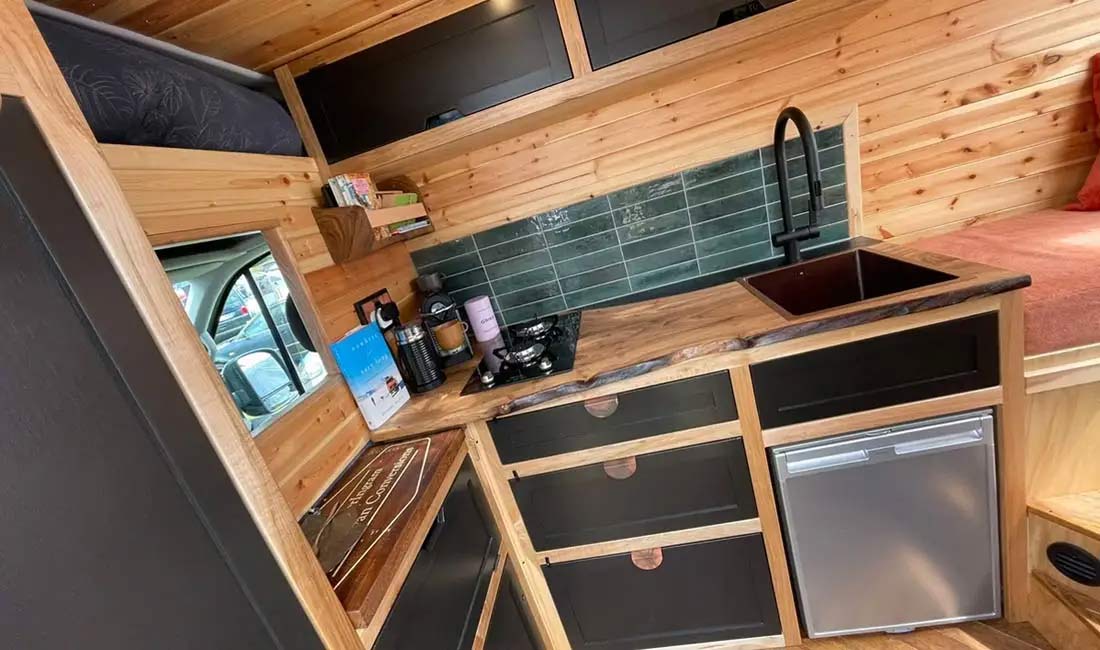
Does JK Insurance cover both campervans and self-built campervans?
Of course! We’re the UK’s leading campervan insurance specialist and VW expert, providing reliable cover since 1998, and we’re more than happy to give you a really competitive insurance quote for your camper, whether it left the factory as one or whether you’ve put the time and effort into building one yourself.
Whether you own a charming classic campervan or a modern van that you’ve converted into a cosy camper yourself, we’ve got you covered.
In fact, if we aren’t able to give you the cheapest like-for-like quote on your camper, we’ll send you a £50 JK gift voucher, so it’s a win-win – you either get really cheap insurance from Just Kampers Insurance, or you get money to spend at Just Kampers on parts and accessories for your campervan!
You can check out the details on the insurance policies we offer for Classic Campervans, Modern Campervans and Self-Built Campers using the links provided.
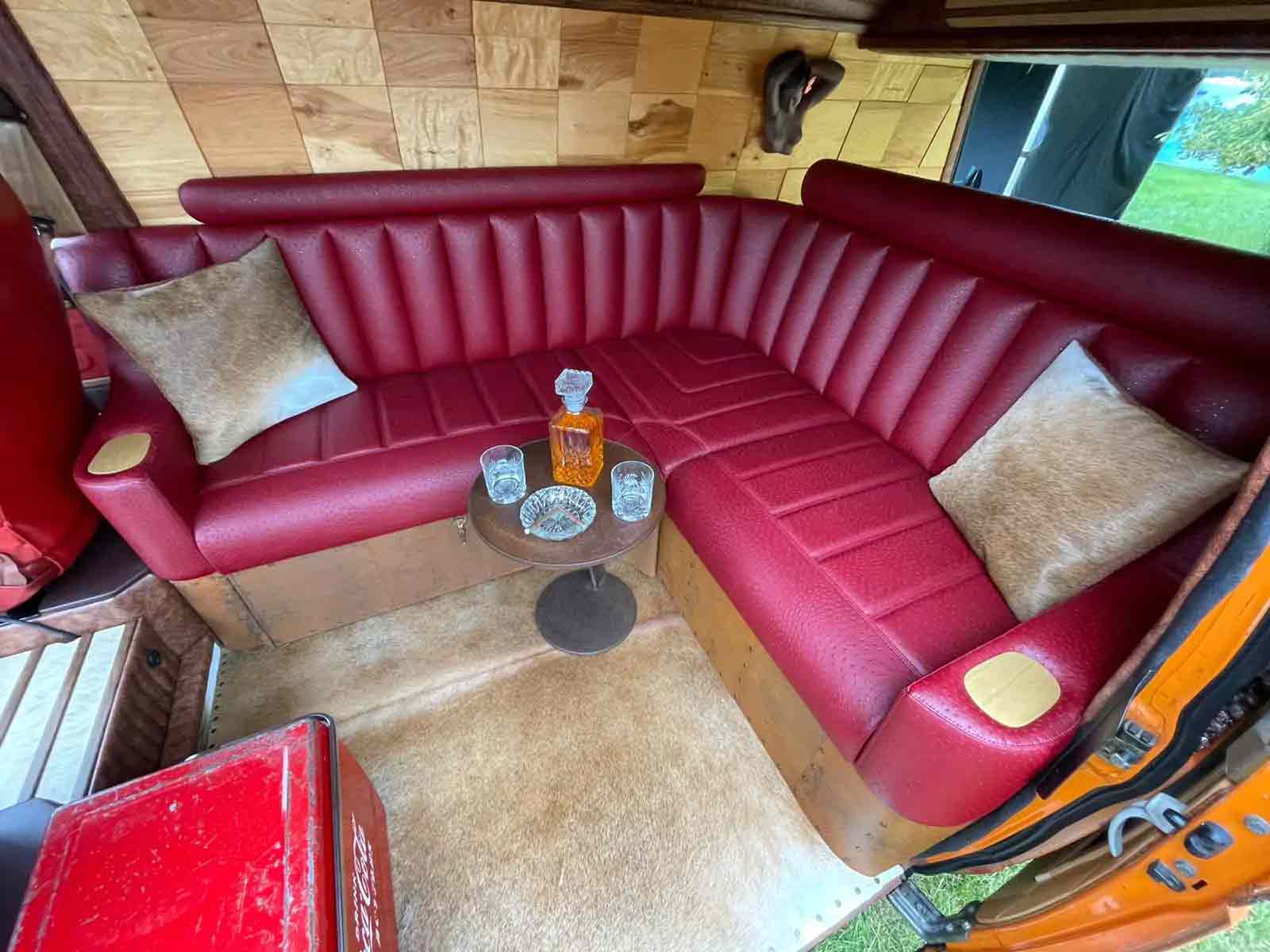
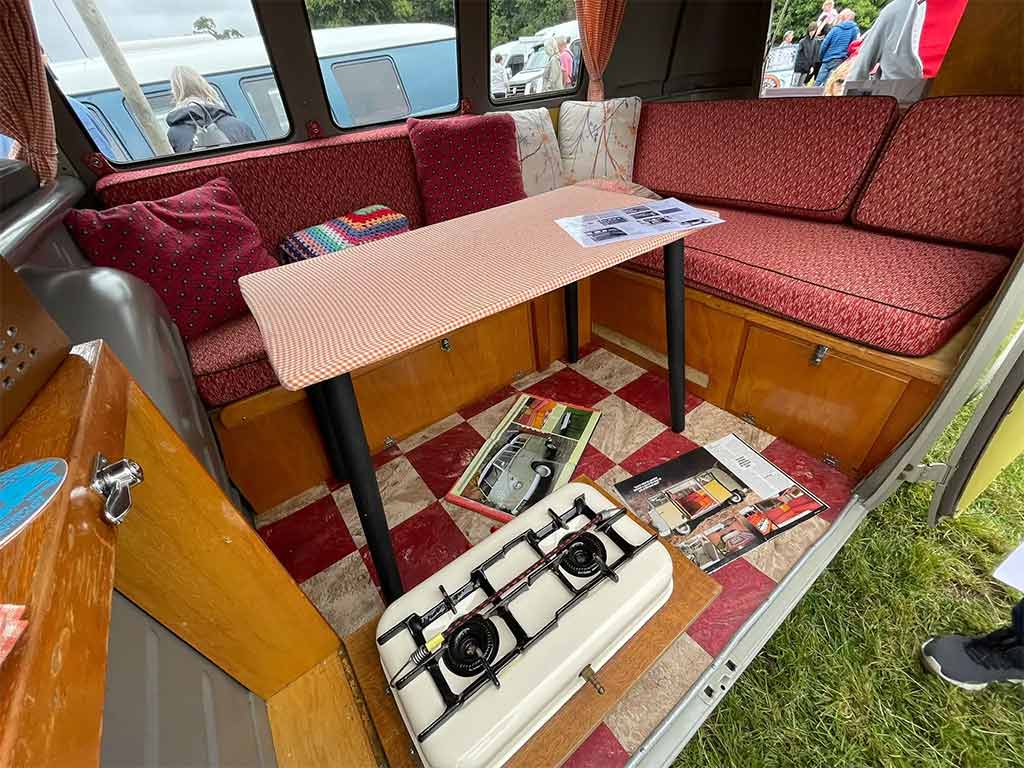
What other modifications do you cover?
We’re happy to include all sorts of different modifications in your Just Kampers Insurance policy, including modified vehicles like converted campervans, modified cars, day vans with modifications, and self-built motorhomes.
We’ll also cover specific mods like body kits, fibreglass panels, rear spoilers, suspension changes, custom paintwork, flared wheel arches, nitrous oxide kits, turbocharging, non-standard alloys or engine replacements.
You can find out more about our modification cover policies here.
Speak with our friendly team about the mods on your vehicle to make sure you’re properly covered.
A Quick Summary
So, although it sounds confusing, campervan classification is surprsingly simple. Essentially, any camper that left the factory as a campervan (with a bed, cooker, and cupboards as a minimum), is classed as a campervan by insurance providers.
Any campervan which has been altered (whether it started out as a factory-built camper or a panel van which has been fully converted), is classed as a self-built camper.
It doesn’t really impact your day-to-day activity, but having the right vehicle classification with your insurer means you’re properly protected on the road.
Contact us to find out more – we’re always happy to help.
